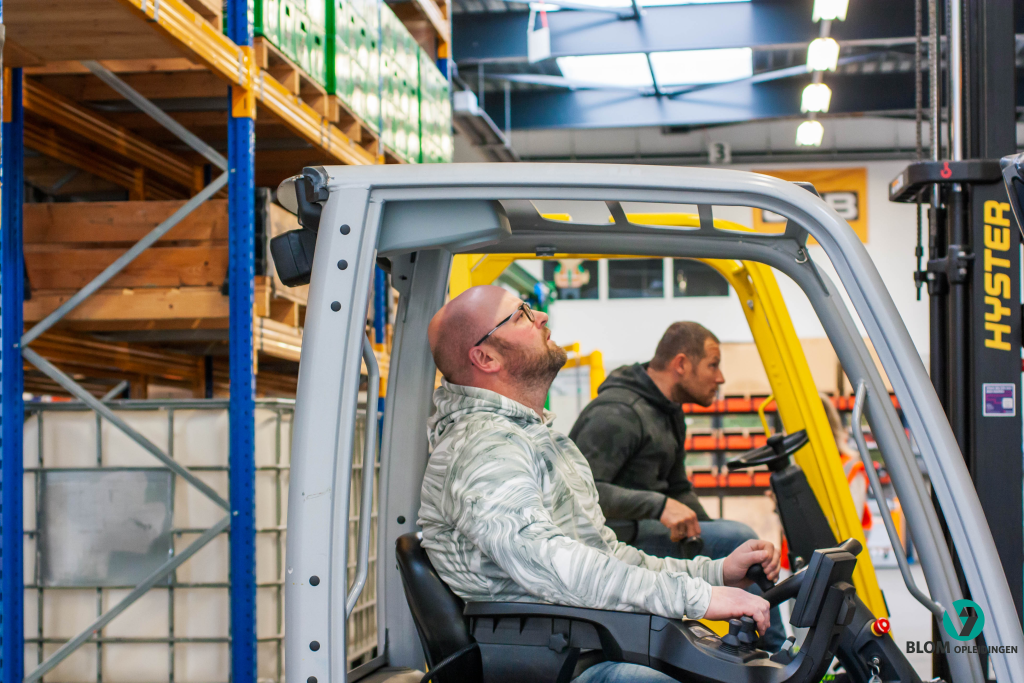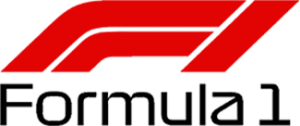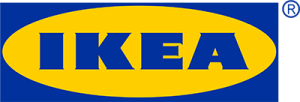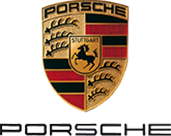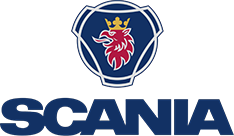Double-deep racking is a storage solution that stacks pallets two rows deep, doubling capacity within the same footprint. It requires specialized equipment like ReachTrucks with KOOI® telescopic forks for access. Ideal for items with medium turnover, it maximizes warehouse space but necessitates an organized inventory system for efficiency.
Hydraulic extendable forklift forks are extremely suitable for double-deep forklifts because a telescopic fork can be easily installed, are not significantly heavier, and due to a minimum number of parts, they also require almost no maintenance. This makes extendable forks highly suitable and the most advantageous option for the customer. In fact, telescopic ReachForks are a plug-and-play solution and can also be used when handling one or two pallets to transport and/or different pallet sizes.
The KOOI® ReachForks are basically standard forklift forks where an outer sleeve slides in and out. The view of the pallet from the driver’s cab is not additionally obstructed by mounting telescopic forks as is the case with other double-deep solutions.
Should maintenance be necessary, the ReachForks can be swapped out in no time. On the other hand, the number of wear parts is minimal, and maintenance can be quickly completed, allowing the ReachForks to remain on the truck.
The ReachForks, single-range, that are used for double-deep pallet storage have the same cycle handling speed as competitive reach systems.
Among other things, ReachForks weigh considerably less than a pantograph system and contain fewer parts. As a result, ReachForks as an attachment are more favorable to purchase and cost less to maintain.
The telescopic forks can easily be operated from the driver’s cabin like any other attachment. The ReachForks can be used even more efficiently by using a camera system that shows the position of the forks in relation to the pallet pockets.
Double-deep pallet storage contributes to better storage density within a warehouse by 30%. By using a ReachTruck with telescopic forks, pallets can also be placed directly on the shop floor, and it is not necessary as with a double-deep pantograph forklift to place an additional beam under which the wheel legs of the forklift must be positioned, reducing storage space for pallets.


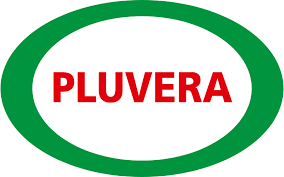
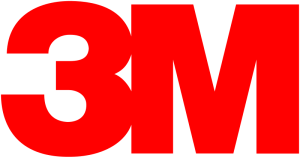




A pantograph mechanism is mainly still used in North America. A pantograph consists of a scissor mechanism where the fork carriage on which the standard forks of the lift truck are mounted moves forward as a whole. This requires a heavier construction with significantly more moving parts and more components than with telescopic forks where only the outer tube moves forward and/or backward.
Both reach systems can move a similar amount of weight (load). In other words telescopic forks like a scissor reach can both put away, say, 1200 kg. Both reach systems are not limitation but the forklift on which they are mounted. The heavier the forklift, read counterweight, the more weight can be moved forward.
As a structure gets longer with a load (weight) on it, it will deflect more and more. This mechanical fact also counts for telescopic forks and a pantograph. The deflection of both systems can be compensated by the tilting function of the forklift.
In almost all cases, a pantograph is sold together with the truck as a package from the manufacturer. The telescopic forklift forks, on the other hand, can be assembled fairly easily after the forklift has been purchased due to the fact that it is less complex. A comparison is therefore difficult to make but if both reach systems are bought as a stand-alone unit then telescopic forks are considerably cheaper, if only, when you compare the weight of steel and the difference in parts and complexity of the structures.
No, that is not necessary and not relevant at all. The same mast of the standard forklift is used because the load on the fork carriage/mast remains the same. As more weight needs to be placed forward, the weight that is moved forward will decrease proportionally compared to the original capacity.
If you analyze the number of parts in a set of ReachForks compared to the number of parts in a double pantograph, you’ll find that the pantograph has significantly more parts. This will result in higher maintenance costs. Consider, for instance, the numerous hinge components in a pantograph, which are completely absent in ReachForks. Additionally, all cylinders (with their seals) are integrated into the base forks (inner forks) of the ReachForks and cannot be damaged by external factors.
When a pallet is pushed forward, the distance between the pallet and the forklift increases. This typically requires using a heavier forklift for one-sided loading and unloading. The reason is that the pallet’s center of gravity shifts, and the forklift needs to maintain balance with the extended pallet to prevent tipping. Additionally, the hydraulically operated extendable forks need a 4th function, which many forklift brands offer as a standard or optional feature. Therefore, it’s crucial to consult with your forklift supplier, who will likely be familiar with our KOOI® ReachForks since they are also supplied directly to most forklift manufacturers. If you need local assistance contact your local KOOI® Dealer:
